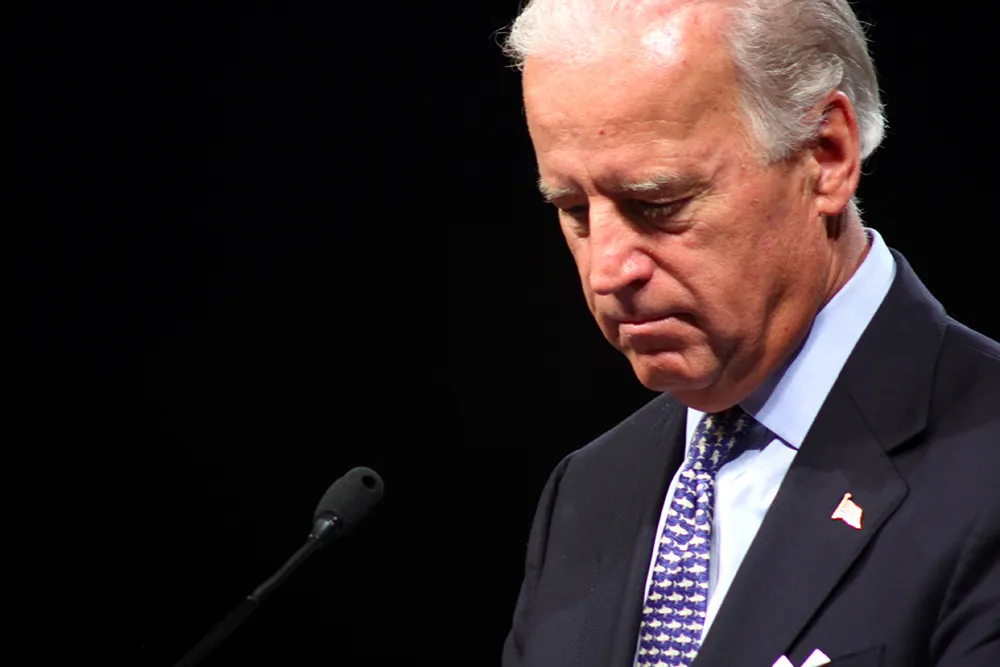Americans took 10.8 billion trips on public transportation in 2014, which is the highest annual public transit ridership number in 58 years, according to a report by the American Public Transportation Association (APTA). “In 2014, people took a record 10.8 billion trips on public transportation -- the highest annual ridership number in 58 years,” said Phillip Washington, APTA chair and CEO and general manager of the Regional Transportation District in Denver. “Some public transit systems experienced all-ti
March 10, 2015
Read time: 3 mins
RSSAmericans took 10.8 billion trips on public transportation in 2014, which is the highest annual public transit ridership number in 58 years, according to a report by the American Public Transportation Association (618 APTA).
“In 2014, people took a record 10.8 billion trips on public transportation -- the highest annual ridership number in 58 years,” said Phillip Washington, APTA chair and CEO and general manager of the Regional Transportation District in Denver. “Some public transit systems experienced all-time record high ridership last year. This record ridership didn’t just happen in large cities. It also happened in small and medium size communities.”
Noting that public transit ridership increased even when gas prices declined by 42.9 cents in the fourth quarter, APTA president and CEO Michael Melaniphy said, “Despite the steep decline in gas prices at the end of last year, public transit ridership increased. This shows that once people start riding public transit, they discover that there are additional benefits besides saving money.”
“People are changing their travel behaviour and want more travel options,” said Melaniphy. “In the past people had a binary choice; you either took public transit, most likely a bus, or you drove a car. Now there are multiple options with subways, light rail, streetcars, commuter trains, buses, ferries, cars and shared use vehicles.”
Another reason behind the ridership increases is the economic recovery in certain areas. For example, Atlanta (GA), San Francisco (CA), Minneapolis (MN), Seattle (WA), and Champaign-Urbana (IL) were some cities that saw increased ridership in part because of an improved job market.
“Since nearly 60 per cent of the trips taken on public transportation are for work commutes, public transportation ridership increases are seen in areas where the local economy is growing,” said Melaniphy.
“Expanded and improved public transit services also played a role in attracting more riders,” said Melaniphy. “For example, the transit agencies in Albany (NY), Denver (CO), Indianapolis (IN), Riverside (CA), and Salt Lake City (UT) saw increased ridership due to greater service.”
From 1995-2014 public transit ridership increased by 39 per cent, almost double the population growth, which was up 21 per cent. The estimated growth of vehicle miles travelled (VMT) was 25 per cent (estimated because the December VMT has not yet been posted by the831 Federal Highway Administration.)
Pointing out that the current federal surface transportation bill expires on 31 May, Melaniphy said, “The record ridership in 2014 is a clear message to Congress that the citizens of this country want expanded public transit services. Congress needs to work together now to pass a long-term, well-funded surface transportation bill that invests in our country’s public transit infrastructure. This is critical not only to the millions of Americans who use public transportation, but is also crucial for our country’s economic competitiveness.”
“In 2014, people took a record 10.8 billion trips on public transportation -- the highest annual ridership number in 58 years,” said Phillip Washington, APTA chair and CEO and general manager of the Regional Transportation District in Denver. “Some public transit systems experienced all-time record high ridership last year. This record ridership didn’t just happen in large cities. It also happened in small and medium size communities.”
Noting that public transit ridership increased even when gas prices declined by 42.9 cents in the fourth quarter, APTA president and CEO Michael Melaniphy said, “Despite the steep decline in gas prices at the end of last year, public transit ridership increased. This shows that once people start riding public transit, they discover that there are additional benefits besides saving money.”
“People are changing their travel behaviour and want more travel options,” said Melaniphy. “In the past people had a binary choice; you either took public transit, most likely a bus, or you drove a car. Now there are multiple options with subways, light rail, streetcars, commuter trains, buses, ferries, cars and shared use vehicles.”
Another reason behind the ridership increases is the economic recovery in certain areas. For example, Atlanta (GA), San Francisco (CA), Minneapolis (MN), Seattle (WA), and Champaign-Urbana (IL) were some cities that saw increased ridership in part because of an improved job market.
“Since nearly 60 per cent of the trips taken on public transportation are for work commutes, public transportation ridership increases are seen in areas where the local economy is growing,” said Melaniphy.
“Expanded and improved public transit services also played a role in attracting more riders,” said Melaniphy. “For example, the transit agencies in Albany (NY), Denver (CO), Indianapolis (IN), Riverside (CA), and Salt Lake City (UT) saw increased ridership due to greater service.”
From 1995-2014 public transit ridership increased by 39 per cent, almost double the population growth, which was up 21 per cent. The estimated growth of vehicle miles travelled (VMT) was 25 per cent (estimated because the December VMT has not yet been posted by the
Pointing out that the current federal surface transportation bill expires on 31 May, Melaniphy said, “The record ridership in 2014 is a clear message to Congress that the citizens of this country want expanded public transit services. Congress needs to work together now to pass a long-term, well-funded surface transportation bill that invests in our country’s public transit infrastructure. This is critical not only to the millions of Americans who use public transportation, but is also crucial for our country’s economic competitiveness.”








